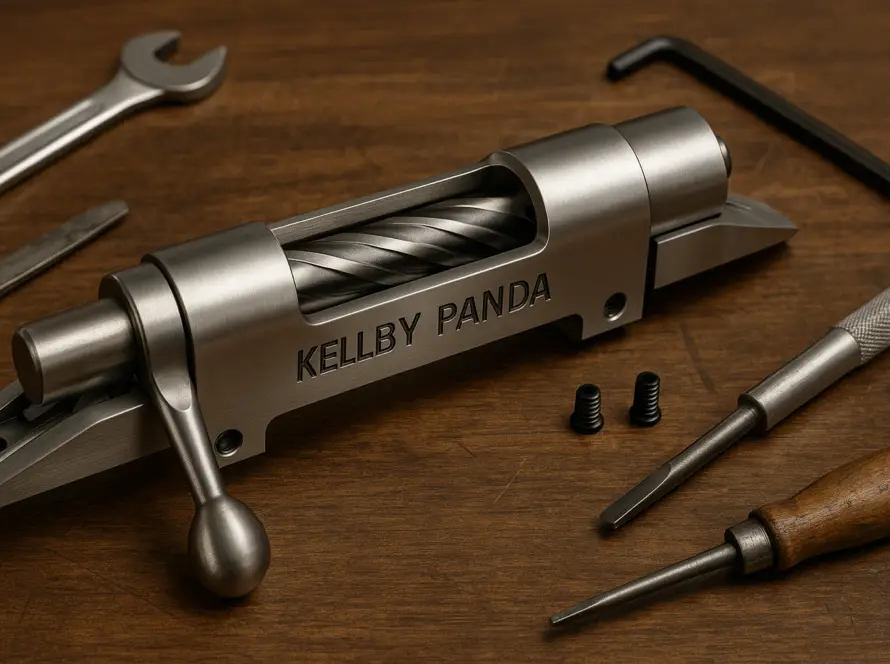Atlas Gun Powder: Everything You Need to Know About Its Performance
Contact us for expert advice on load development or to verify Atlas Gun Powder availability and lot-specific data.

Atlas Gun Powder has quickly become a favorite among precision rifle reloaders for its clean burn, consistent pressure curve and tight lot-to-lot performance. Whether you’re shooting benchrest records at 600 yards or tuning a hunting load for field accuracy, mastering Atlas Gun Powder can elevate your consistency by reducing extreme spreads and group variation. In this comprehensive guide, we’ll explore four major areas: powder composition and burn characteristics, empirical testing methods, recipe development protocols and best storage practices. We’ll also link to authoritative external resources—such as the Wikipedia entry on gunpowder and official SAAMI standards—to deepen your understanding.
1. Composition, Grain Shape and Burn Rate
Atlas Gun Powder is a single-base spherical propellant engineered for consistent metering and a stable burn rate. Key technical aspects include:
- Chemical Base: Nitrocellulose with stabilizers and deterrents tailored to maintain consistent combustion over a wide temperature range (32–120 °F).
- Grain Geometry: Uniform 0.050″ spherical pellets ensure smooth flow through powder measures, reducing dropped-charge variation to under ±0.1 gr.
- Burn-Rate Index: Rated approximately 326 on the Hodgdon scale—falling between Hodgdon Varget (310) and IMR 8208 XBR (340)—making it versatile for medium-to-heavy bullets in .308 Win, 6.5 Creedmoor and similar cartridges.
- Temperature Stability: Minimal pressure shift; see Hodgdon’s published data on temperature-stable powders.
Consult the manufacturer’s technical data sheet for exact burn-rate numbers, spherical sizing and SDS safety information. A properly engineered burn profile translates directly to uniform muzzle velocities and tighter groupings.
2. Conduct Chronograph and Pressure Trace Testing
Empirical testing is essential before you finalize any load recipe. Follow these steps:
- Chronograph Setup: Position your chronograph at least 10 ft from the muzzle. Record a minimum of five shot velocities per charge weight. Note extreme spread (ES) and standard deviation (SD).
- Pressure Monitoring: Use a system such as the Oehler 43P (Oehler Research) or StratoChron pressure trace to log peak chamber pressures for each increment.
- Incremental Charges: Begin at the manufacturer’s published minimum (e.g., 42.0 gr for 168 gr SMK in .308 Win). Increase in 0.2 gr steps, documenting velocity gain and pressure rise.
- Group Testing: Fire five-shot groups at 100 yd for each charge. Measure group size and point-of-impact (POI) shift; record environmental conditions (temp, humidity, barometric pressure).
Tracking velocity, pressure and group performance together allows you to identify the “accuracy node”—the charge weight that yields the tightest groups without exceeding safe pressure limits.
3. Develop Safe, Accurate Load Recipes
Once empirical data is collected, craft load recipes that are fully documented and reproducible:
- Starting Load: Example: 42.0 gr Atlas with 168 gr SMK in .308 Win, CC = 0.020″.
- Optimum Charge: You may find 43.4 gr produces a +20 fps gain while ES remains under 10 fps; confirm peak pressure stays below SAAMI maximum of 62,000 psi.
- Seating Depth and Tension: Adjust bullet jump to lands or jump-to-lands based on throat length; refer to published reamer prints on ChuckHawks.
- Consistency Measures: Use a precision digital scale (e.g., Lyman Tri-Jet II) to verify each charge. Cross-check measure calibration monthly.
Include details on brass lot, primer type (e.g., Federal Gold Medal Match), case preparation (trim, chamfer, deburr) and ambient conditions. This level of documentation ensures anyone following your recipe can replicate results.
4. Implement Best Practices for Storage and Handling
Proper stewardship of gunpowder maintains its performance and safety:
- Climate Control: Store in a sealed, desiccated cabinet at 50–75 °F to prevent moisture uptake.
- Humidity Management: Use silica pack desiccants; monitor RH with a hygrometer to keep levels below 40 %.
- Powder Handling: Dedicate specific funnels, brushes and trays to Atlas Gun Powder to avoid cross-contamination.
- Inventory Rotation: Label containers with lot and purchase date; use oldest lots first and verify any powder older than two years with a chronograph check.
Follow all federal, state and local regulations for storage of combustible solids, and dispose of residues per manufacturer guidelines.
Frequently Asked Questions
Conclusion
By combining rigorous testing, detailed documentation and proper handling, you can unlock the full potential of Atlas Gun Powder in your precision reloading workflow. Its clean burn, stable pressure curve and tight lot-to-lot consistency make it an outstanding choice for long-range competition, tactical builds and hunting loads alike. Ready to elevate your accuracy? Contact us for lot-specific performance data, pricing and specialized support.





